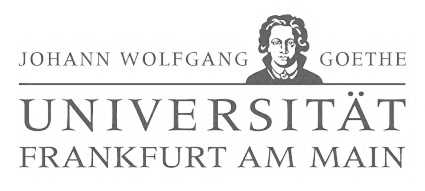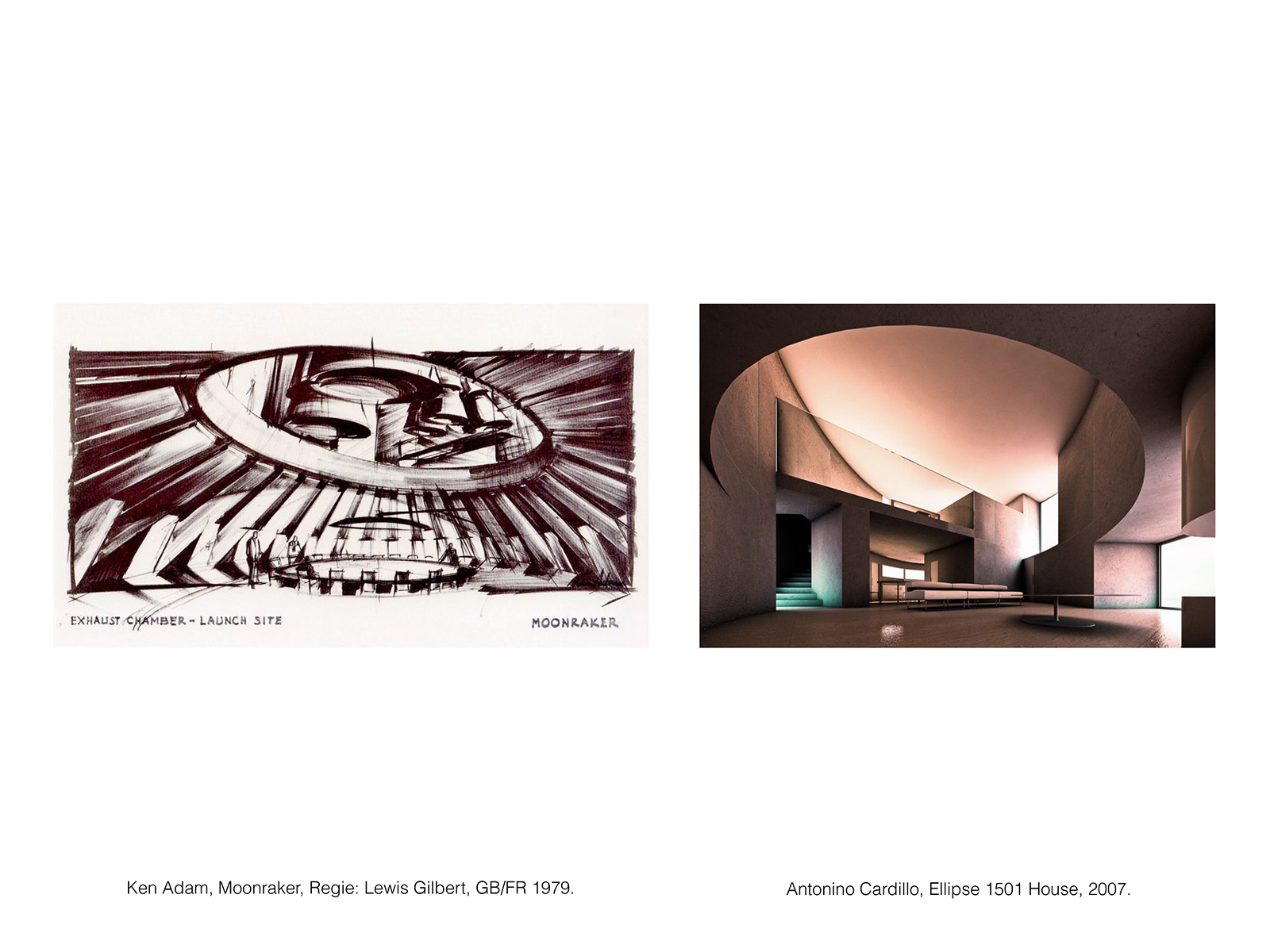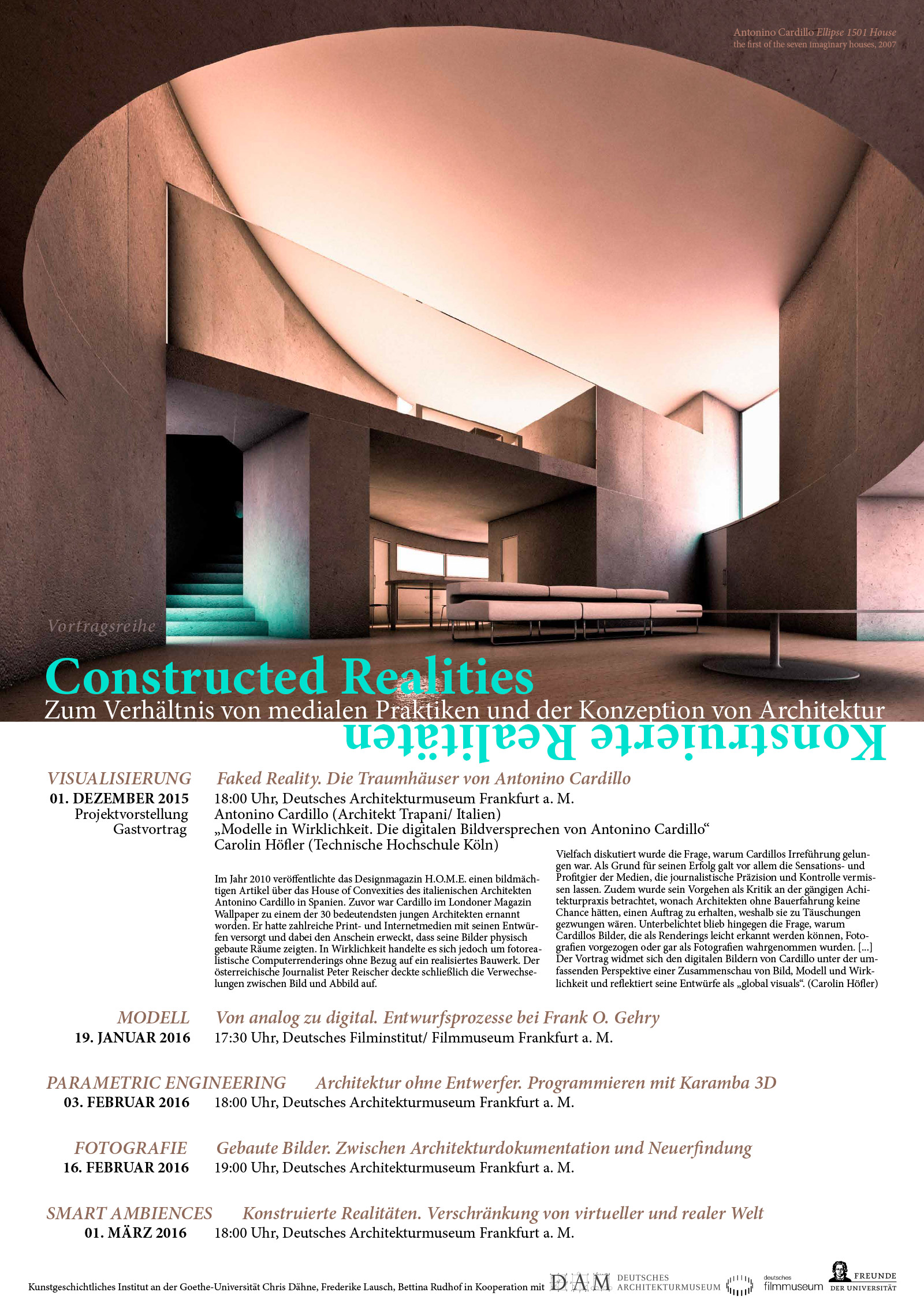
Lecture
Carolin Höfler
In 2010, the design magazine H.O.M.E. published a visually powerful article about the House of Convexities of the Italian architect Antonino Cardillo in Spain. Previously, Cardillo had been named one of the 30 most important young architects in the London magazine Wallpaper*. He had supplied numerous print and Internet media with his designs and gave the impression that his pictures showed physically built rooms. In reality, however, it was photorealistic computer rendering without reference to a realised building. The Austrian journalist Peter Reischer finally uncovered the confusion between the images.
The question of why Cardillo’s deception had succeeded was discussed many times. The reason for his success was above all the sensational and profit greed of the media, which lack journalistic precision and control. In addition, his approach was considered a criticism of the common architectural practice, according to which architects without construction experience would have no chance of receiving an order, which is why they would be forced to deceive. On the other hand, the question of why Cardillo’s images, which can be easily recognised as renderings, were preferred to photographs or even perceived as photographs, remained underexposed.
A possible explanation for this would be that the differences between image, model and reality are increasingly sharpened in current architectural production. On the one hand, the built reality is increasingly similar to the photorealistic aesthetics of computer images, on the other hand, the post-processing of digital photographs contributes to the fact that they act like model renderings. To rethink the relationship between image and construction, the emergence of an architectural type that can be described as ‘iconic building’ also challenges. It aims to create marketable images that successfully circulate in a global image cycle and can appeal to a mass audience emotionally rather than intellectually. The lecture is dedicated to the digital images of Cardillo under the comprehensive perspective of a summary of image, model and reality and reflects his designs as ‘global visuals’.

Carolin Höfler, ‘Ken Adams 007 James Bond Moonraker Produktionsdesign und Antonino Cardillos Ellipse 1501 House’, keynote, p. 8.
